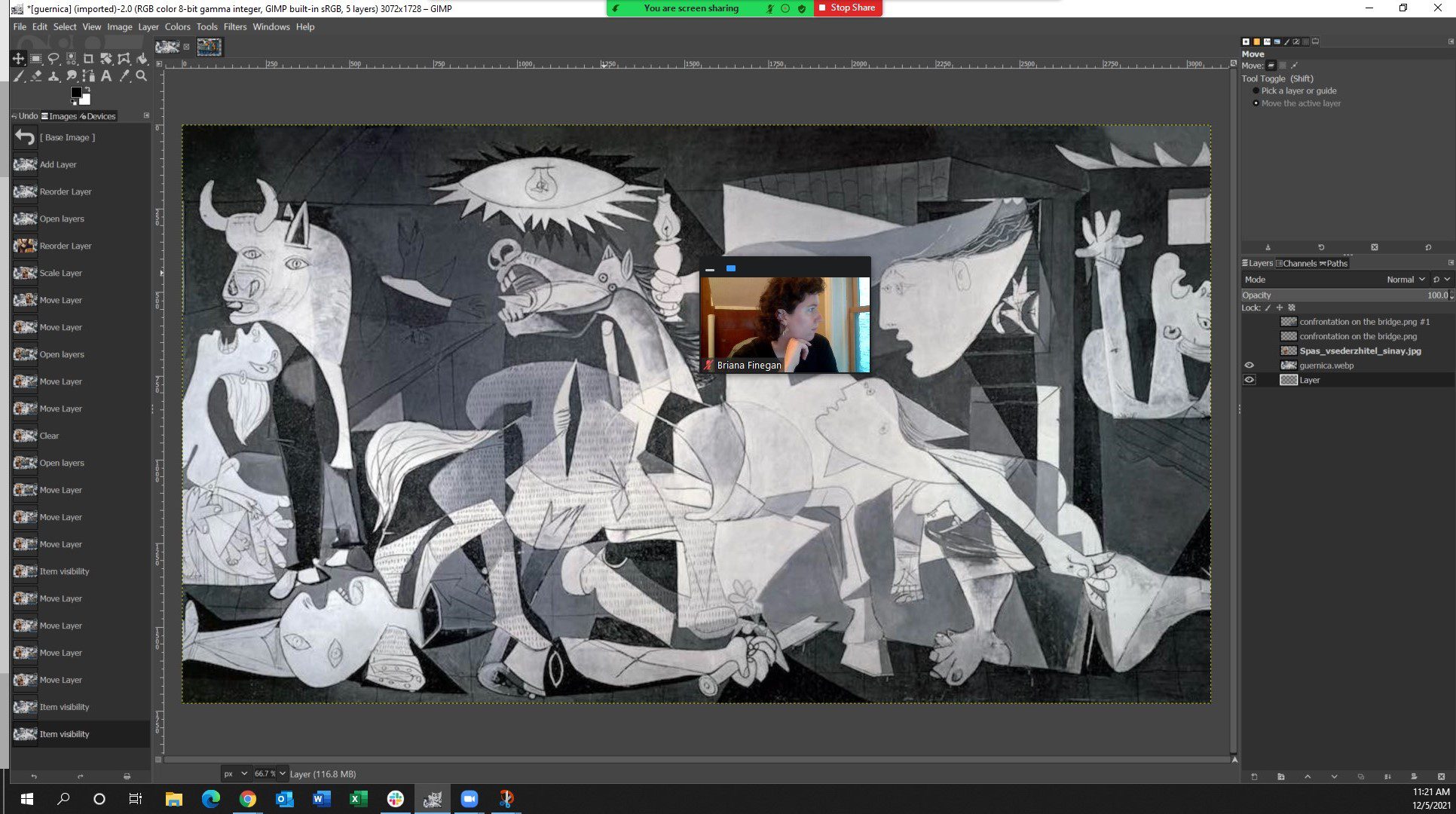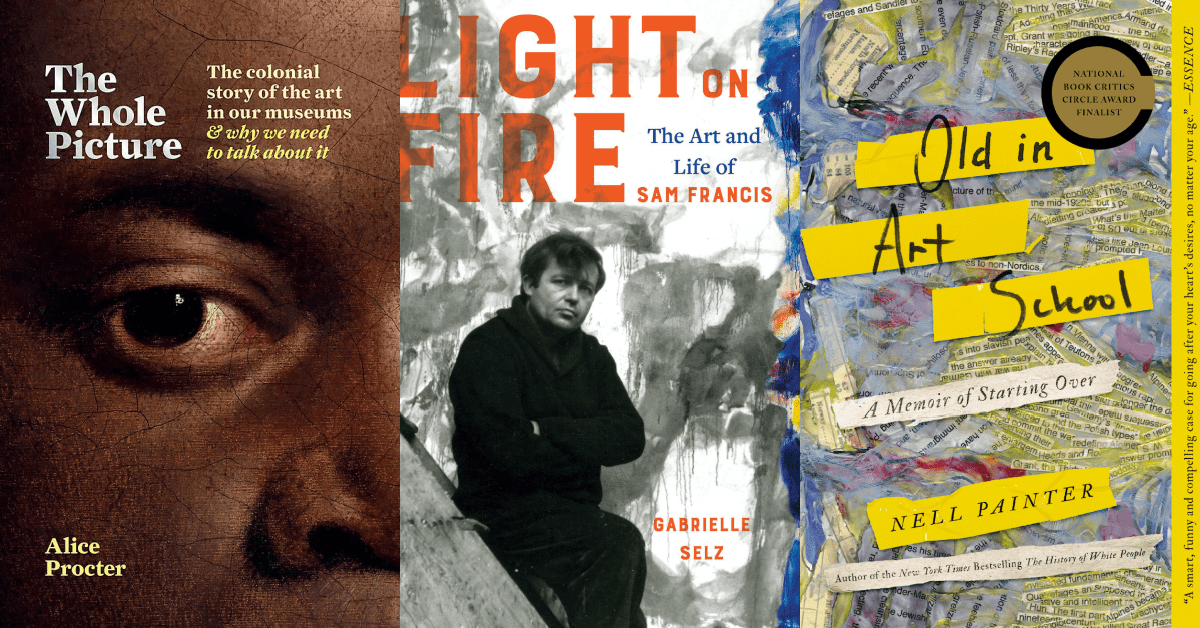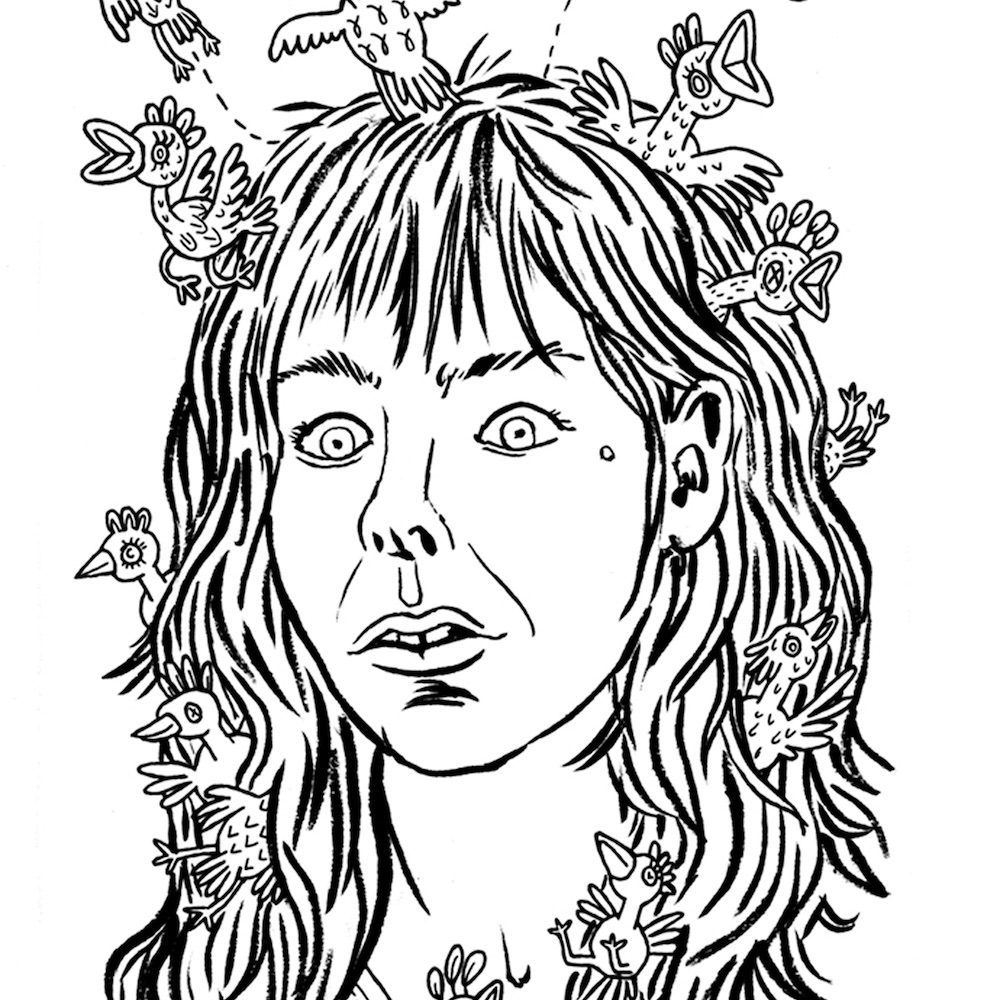In at least two of his novels, Thomas Pynchon mentions a Porky Pig cartoon from the 1930s.
Here is the reference from The Crying of Lot 49 (1965), as Oedipa Maas listens to an old man named Thoth, whose grandfather was an Indian killer: “Did you ever see the one about Porky Pig and the anarchist?” he asks her. “The anarchist is dressed in all black. In the dark you can only see his eyes. It dates from the 1930s. Porky Pig is a little boy.”
When I first read the book back in the 80s, I could only imagine the cartoon, and wasn’t even sure if it was real. As with all mysteries, there’s both a joy and a let-down in their solution. But that’s not true of the Porky Pig cartoon, which turns out to be just as demented and elusive and funny and dark and digressive as Pynchon’s novel. Here it is, “The Blow Out,” directed by Tex Avery in 1936:
Is the “mad bomber” an anarchist, as Pynchon refers to him in both The Crying of Lot 49 and Gravity’s Rainbow? When I first saw it, I assumed the bomber referenced something contemporaneous with the era of the cartoon, but I can’t find references to  bombing sprees of this sort in the early 1930s. The publicly notable gun and bomb violence from this time seems mostly associated with gangsters and labor unrest. What ethnicity is the bomber? Would audiences of 1936 have understood something about him that we don’t? Was he a parody of the immensely popular The Shadow? In any case, there is a great moment at around 5:45, when, as the bomber thinks he has trapped Porky underground with the ticking bomb, says: “Now I’ll fix the little pest, so he’ll be blown to pieces. [Looks directly at the camera.] Whether your people like it or not.” Your people, he says. Who are they? The Production Code censors, who would have forbidden the blowing to pieces of poor Porky? Or the audience itself: America? In any case, the shattering of the “fourth wall” that was so much a part of Looney Tunes and Merrie Melodies during the 30s and 40s added to the free-falling feeling you got watching these cartoons, as if their disordered world was infecting and disordering your own.
bombing sprees of this sort in the early 1930s. The publicly notable gun and bomb violence from this time seems mostly associated with gangsters and labor unrest. What ethnicity is the bomber? Would audiences of 1936 have understood something about him that we don’t? Was he a parody of the immensely popular The Shadow? In any case, there is a great moment at around 5:45, when, as the bomber thinks he has trapped Porky underground with the ticking bomb, says: “Now I’ll fix the little pest, so he’ll be blown to pieces. [Looks directly at the camera.] Whether your people like it or not.” Your people, he says. Who are they? The Production Code censors, who would have forbidden the blowing to pieces of poor Porky? Or the audience itself: America? In any case, the shattering of the “fourth wall” that was so much a part of Looney Tunes and Merrie Melodies during the 30s and 40s added to the free-falling feeling you got watching these cartoons, as if their disordered world was infecting and disordering your own.
There is a majestic terror in Paul Clipson’s work, like a dream in the backseat of a car that measures itself by the rhythms of the road and the flashing of lights across the lids of your closed eyes. Here is an excerpt from Two Suns (2005):
I occasionally teach a class on cinema of the 1970s, (I’m a fortunate bastard) and when it comes time to find readings to accompany certain films from the era, such as Sweet Sweetback’s Baadasssss Song (1971) or Superfly (1972), most of them focus on the blaxploitation angle, or discuss them in terms of “black” cinema, etc. While these are useful ways to approach the films, it sometimes comes at the expense of recognizing their experimental, innovative nature, especially in terms editing, non-linear narrative, hand-held camera work, slow motion, long takes, unusual camera angles, jump-cuts, and pop music as a strong narrative element.
To be blunt: often “white” films from this era (and still today?) are praised for their technical and narrative innovations, while “black” films that employ similar techniques are praised for their politics, or for their portrayals of some sort of “authentic” black experience. While drawing on a different experience—her creative writing—bell hooks has written, in her essay “Postmodern Blackness,” about the barriers she has faced when she tried to write in a way that folks didn’t consider “black” enough:
Using myself as an example, that creative writing I do which I consider to be most reflective of a postmodern oppositional sensibility–work that is abstract, fragmented, non-linear narrative–is constantly rejected by editors and publishers who tell me it does not conform to the type of writing they think black women should be doing or the type of writing they believe will sell. Certainly I do not think I am the only black person engaged in forms of cultural production, especially experimental ones, who is constrained by the lack of an audience for certain kinds of work.
Martin Scorsese’s Mean Streets (released the year after Superfly, in 1973) is often praised as groundbreaking not only for its style and technique, but for its use of pop music as meaningful narrative part of the film. Both Superfly and Mean Streets are “ethnic” films, but in film writing, Mean Streets transcends that and becomes a work of art independent of its Italian-ness, while Superfly remains, for the most part, a token of black cinema, forever moored to its racialness.

Here is the opening to Superfly. The first three minutes, especially, deploy many of the same New Wave techniques that Scorsese would use a year later in Mean Streets:
Yesterday, on my way home from the University, I had a blow out (not “Blow Out”) and had to pull over at the Shrine of the Black Madonna (the one above the above), at the corner of Livernois and the Davison, in Detroit. I was not a customer. I was helped. My hands smelled like rubber. A woman in an enormous green hat took our picture, I don’t know why. Distant sirens wailed and then suddenly stopped. A recklessly gigantic pile of road salt sat in the intersection, melting nothing, as if dumped accidentally by a salt truck. I was not anyone’s professor. I drove home, the sun setting on the snow-melt highway in blinding reflections, and wrote this.




